Angry and eccentric, yet deeply sensible – Vivienne Westwood was the quintessential British original
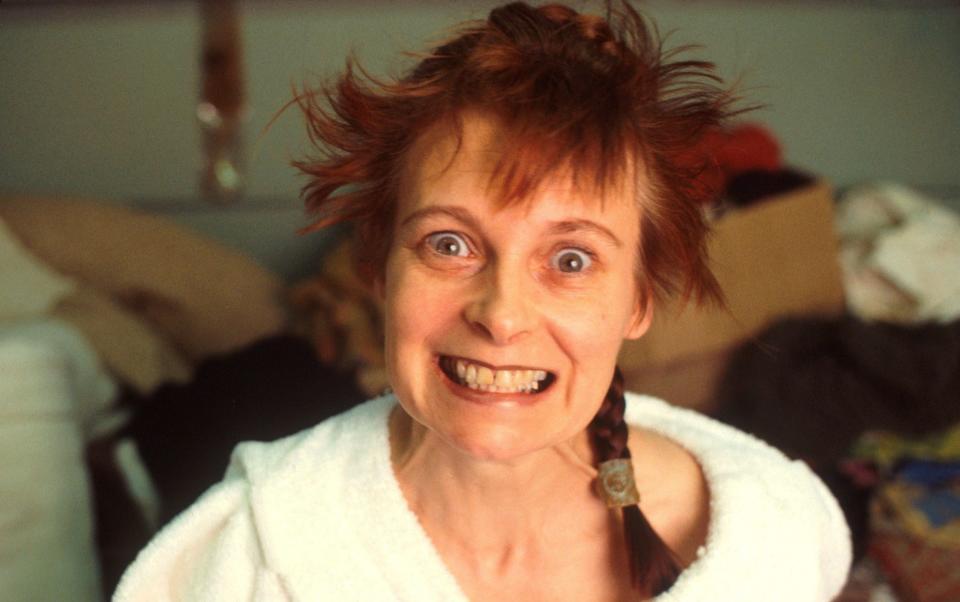
“You did it first. Always,” wrote Marc Jacobs on Instagram - one of many tributes to Dame Vivienne Westwood, who died on Thursday.
Was she first though? As Grayson Perry says, “Originality is for people with short memories” - in itself a paraphrasing of Coco Chanel and many, many others before her. Maybe what’s just as interesting is Westwood’s longevity. She worked until the end and arguably, was as current as at her peak. She was embraced by the celebrities - singer Dua Lipa, who wore Westwood at last year’s Brits and actress Lashana Lynch, resplendent in swathes of yellow Westwood silk at a No Time to Die premiere. She was admired by Gen Z for the energy and verve she brought to the climate change debate, taken up by TikTokers when one of her pearl chokers went viral last year and commercially active with collaborations that included Burberry, ASICS and, in 2021, Eastpak.

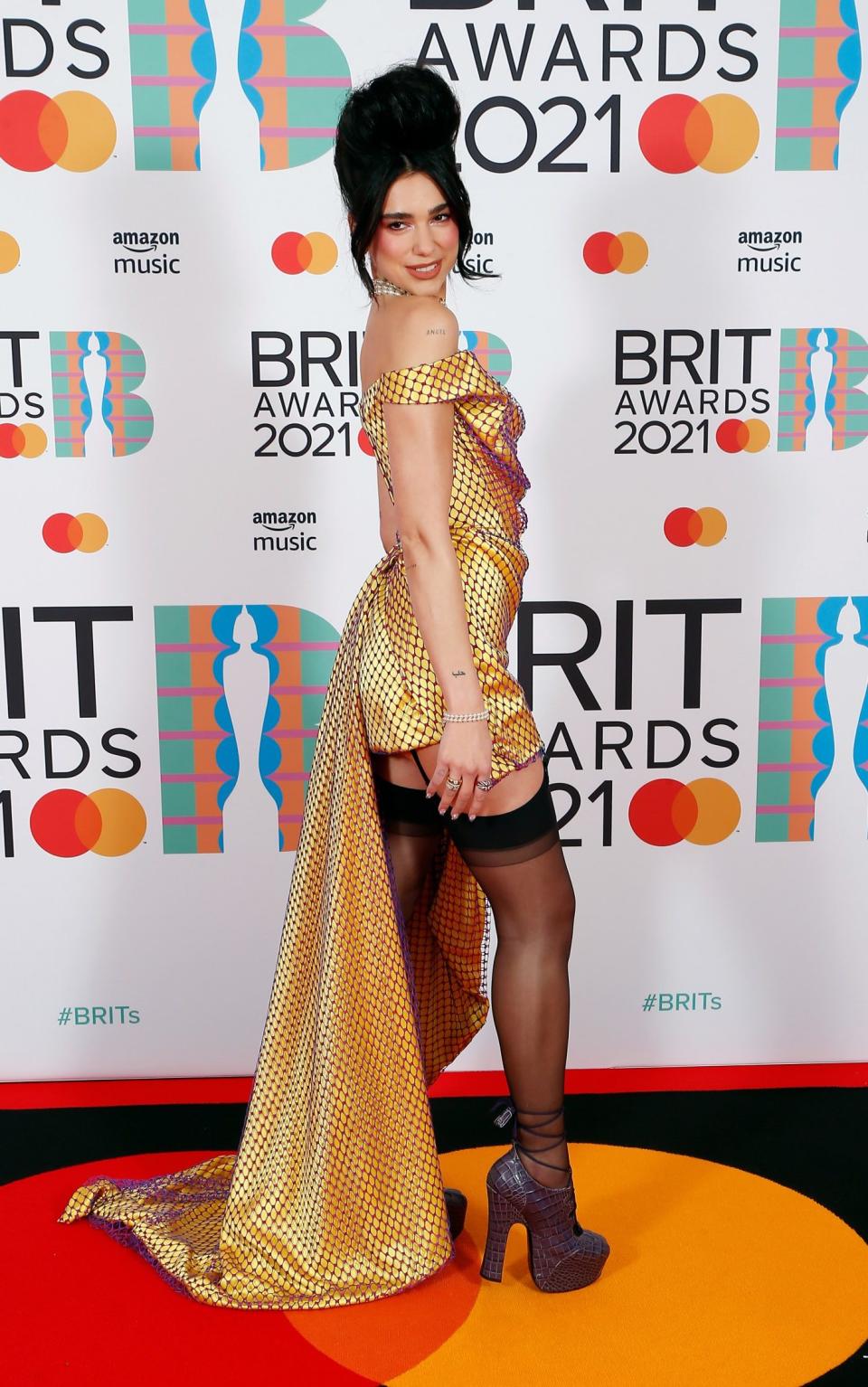
Westwood, while she could never be accused of false modesty, understood the fragility of the originality claim. Her interest in history outflanked that of all her peers. Karl Lagerfeld may have owned more books. But while he focussed on the 18th century (mining the same corsetry as Westwood), she swooped across the centuries like a scissors-wielding Orlando, joining the dots from native Americans to the noble elegance of 1940s austerity which she was born into, taking in bondage, pirates, early 19th-century dandies and Queen Elizabeth II along the way.
Her extraordinariness lay in how she reinterpreted it through a modern, quizzical, often political perspective, bringing fresh delight, topicality and astonishing, innovative techniques to familiar and unfamiliar historical tropes. You want a Versailles courtesan’s corset? Westwood would give you one, retooled with a perfectly placed Boucher print and a feminist swagger. Tatler Sloanes, French revolutionary ragamuffins - she found beauty in them all, inventing along the way many modern classics, from the punk-slogan t-shirt, the multi-strapped Buffalo boot and a particular kind of draped, peplumed jacket to the mini-crini, which presaged Christian Lacroix’s puffball by several years.

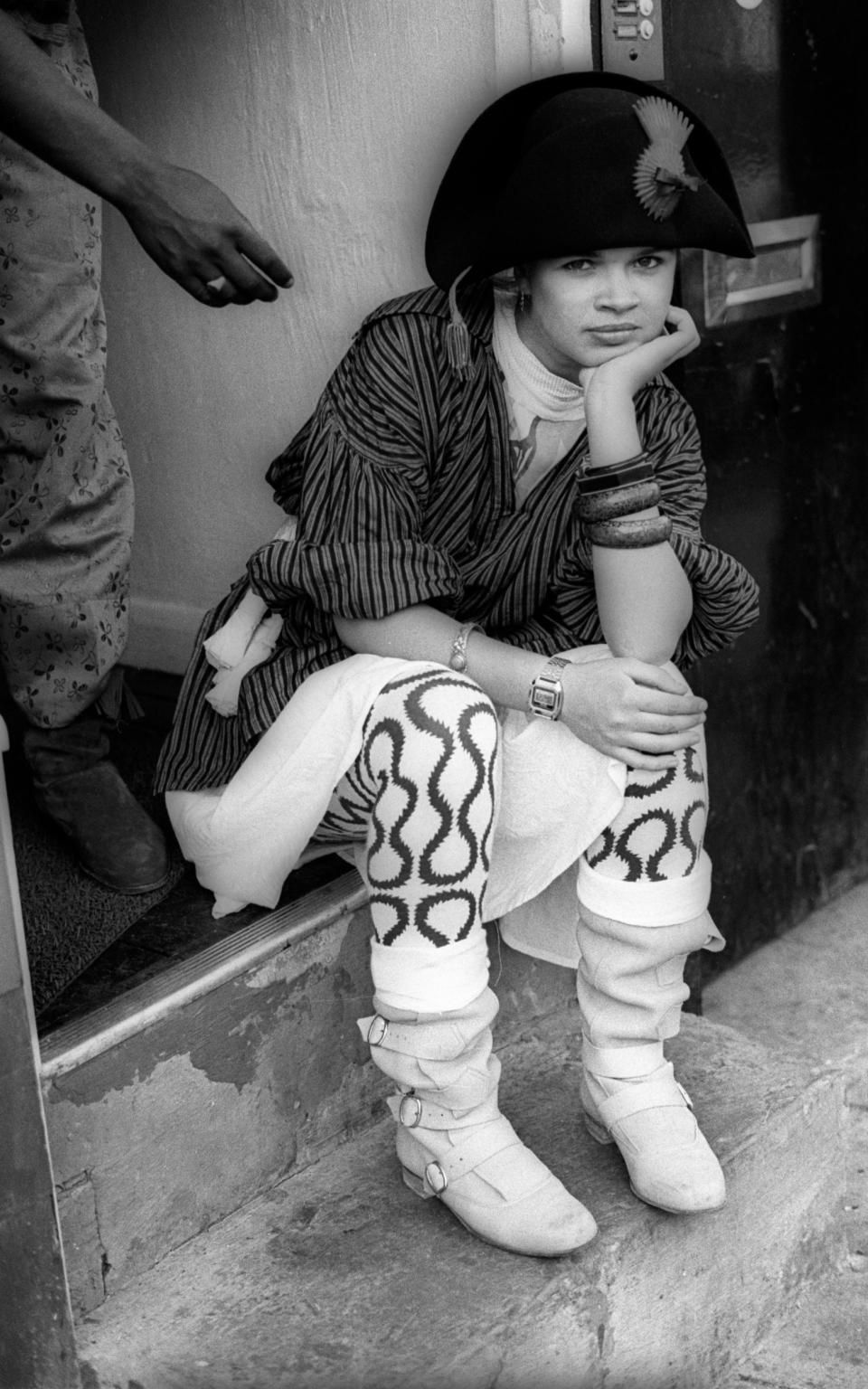
The truly astounding aspect is that the inimitable draping and tailoring were self-taught. So yes, she was an original, and a quintessentially British one at that. What else could explain the penchant for tweed and for fetish and the mix of high brow loftiness and wink-wink naughtiness?
It was a wild and often furious ride. “I never read anything written about me,” she told me, calling me from her bath to discuss something I’d written about her in one of the articles she never read but with which she somehow seemed intimately acquainted.
I can’t remember whether she was taking me to task or not, because she really wasn’t confrontational in that way. In any case, ultimately it was impossible to disagree with her about most of her causes - from environmentalism to making the best of oneself. True, she got Julian Assange wrong. But she got John Lydon very right - warning Malcolm McLaren he’d chosen the wrong John for his nascent band the Sex Pistols when he went for Lydon over The New York Dolls’ Johnny Thunders.
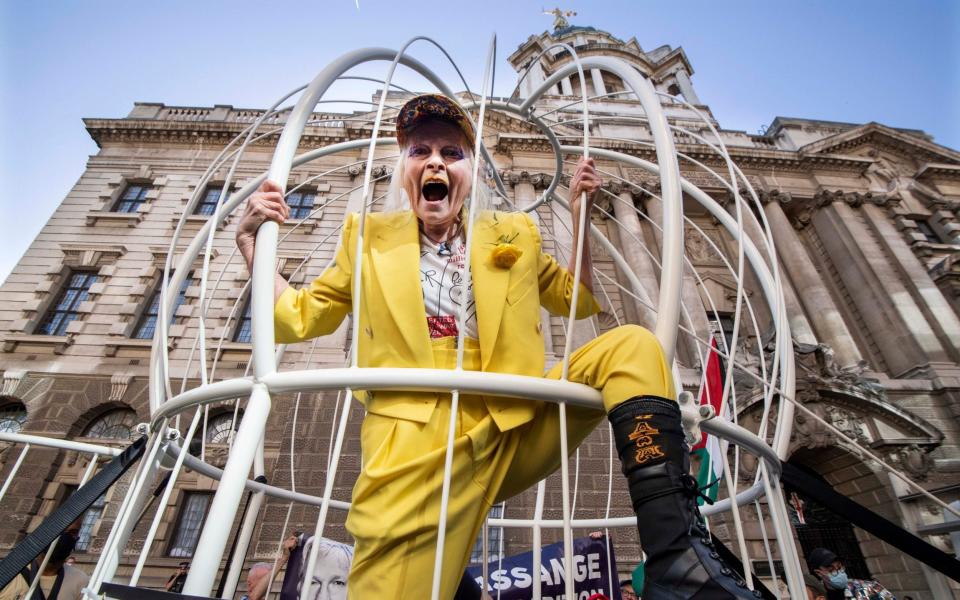
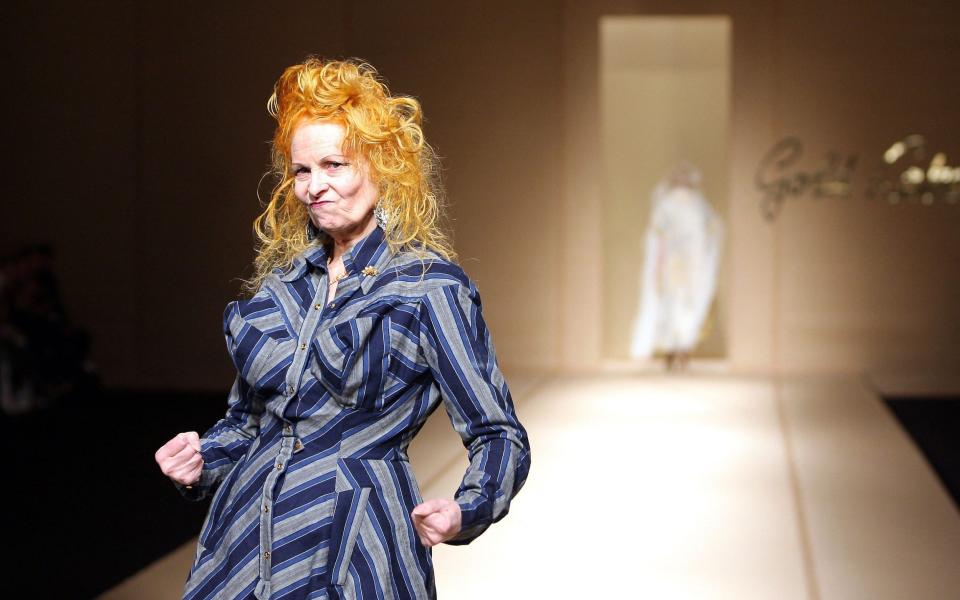
Beneath the many digressions that were an inevitable part of any conversation/monologue with Vivienne - digressions which were always interesting, if distracting - she scattered many nuggets of good sense. Often she spoke in terms that, to a sensitised 2020s audience, make her sound like the principal of a particularly privileged finishing school, but she always tried to be honest, refusing to cower to the forces of populism. “If you can’t afford something, don’t get something that is half the price but you won’t really like. Don’t do that,” she told The Gentlewoman magazine in 2014.
I remember her going on Wogan in the 1980s and the audience, goaded by Wogan - not his finest hour - ridiculing her outfit, while she retreated into quiet fury at the collective rudeness and understandable distress. Another quarter of a century on, she would be awarded a damehood and achieve National Treasure-hood - a status we British like to award to eccentrics who no longer threaten us. Still, it’s better than ridicule.
There was plenty of show-womanship: who will ever forget Naomi Campbell toppling off those ginormous rocking horse wedges in 1993, or Westwood herself, twirling knickerless outside Buckingham Palace after receiving her OBE in 1992 or, aged 79, donning a pair of sheer tights and a fig leaf? But while it could be a brilliantly cost effective marketing tool, it could be a problem too, obscuring her serious intent and even more serious talent.
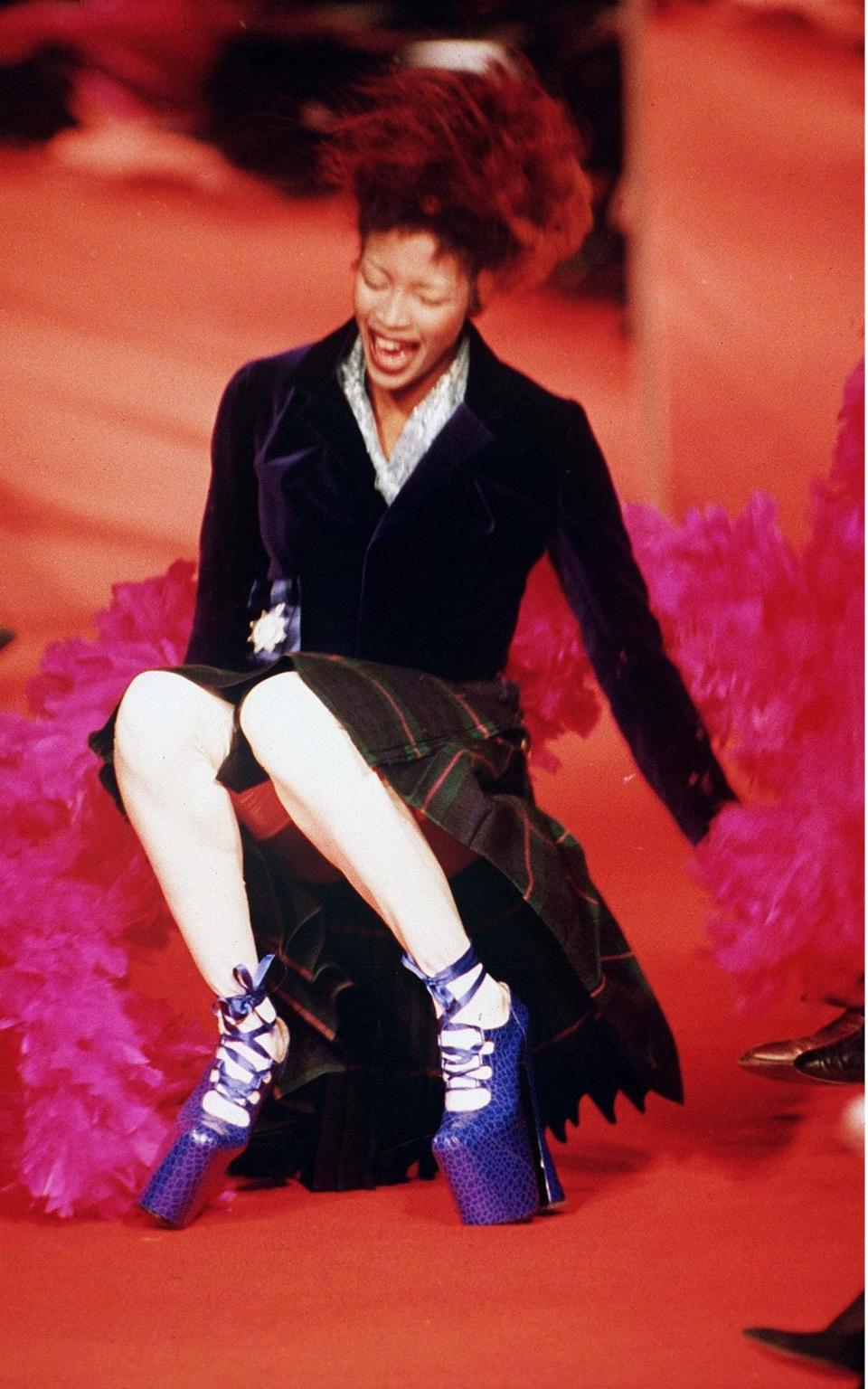
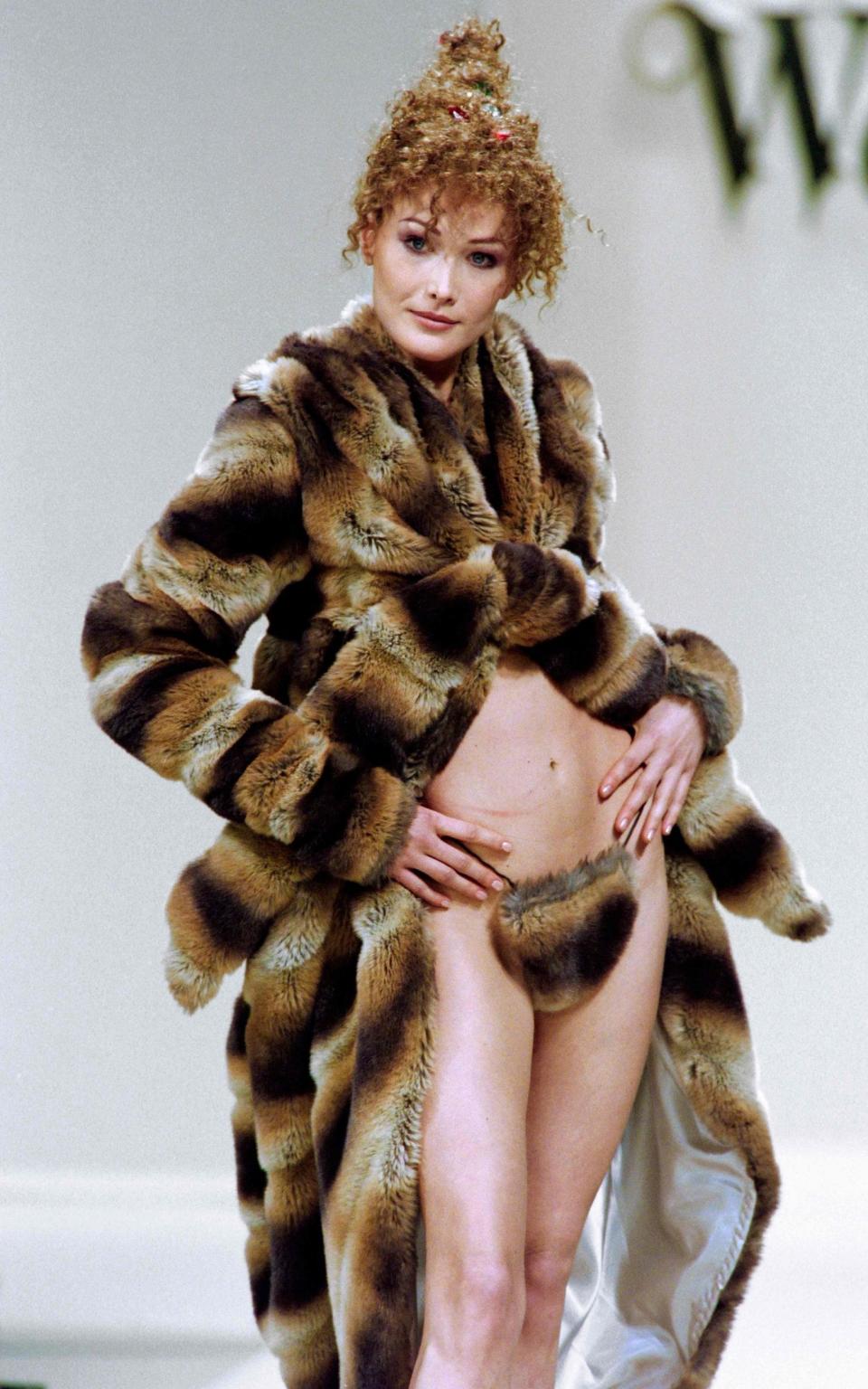
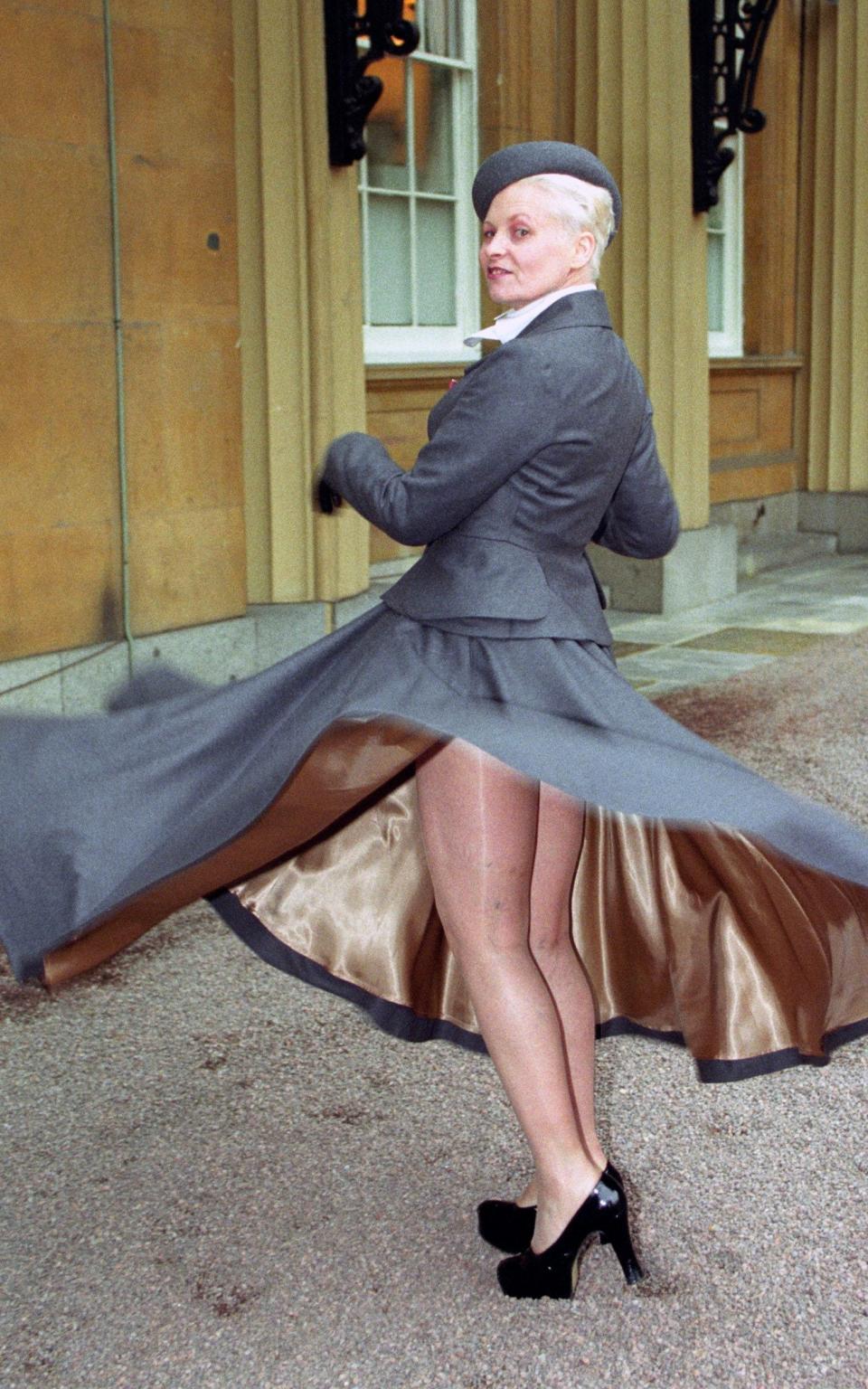
Where other designers bobbed briefly into the limelight to take their obligatory bows, Dame Vivienne often had to be escorted off the catwalk at the end of her shows by her models, still waving and smiling regally to the audience, long after more conventional designers would have scarpered. The models were probably more adept at reading the room than Westwood, who sometimes seemed like the lower sixth swot who’d got tipsy on too much shandy.
Her earnestness, coupled with that mellifluous, precise Derbyshire accent - no wonder she originally set out to be a primary school teacher - put her at odds with her peers for much of her early and mid years. The culture clash was never more glaring than with Malcolm McLaren, that most cynical of Svengalis, whom she met in the mid 1960s while she was still with her first husband.
Derek Westwood was initially a Hoover factory apprentice who later became an airline pilot. (Could you find two names more redolent of a 1960s sit-com than Derek and Malcolm?)
Vivienne, who’d moved to Harrow with her family from the picturesque village of Tintwistle in 1958, married Derek in 1962. Naturally she made her own wedding dress. Their son Ben was born a year later.
If Derek seemed dependable - a trait he shared with his wife - McLaren was a walking glitterball of her other characteristics, the exhibitionism and the iconoclasm. The difference is that while McLaren was the personification of the ‘move fast and break things’ school of management, Vivienne was ‘stay behind, pick up the pieces and painstakingly make something lasting and beautiful out of them’.
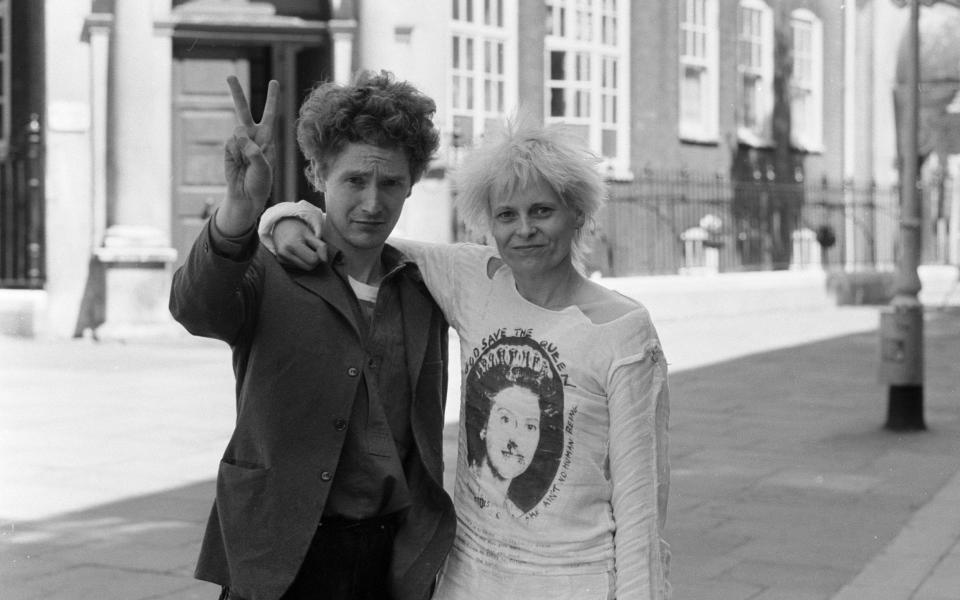
But for a few brief years, their partnership was the lightning conductor around which London exploded. There is no way punk would have had the longevity or reach it has had without her visual expression of it. Thanks to her curiosity and perfectionism, The Punk Look was so much more sophisticated than it needed to be.
Sophisticated, but also, like all the most brilliant designs, so instantly recognisable you could replicate it at home. As a teenager growing up in rural Dorset, I could, in all honesty, take or leave the Pistols’ musical canon, but, conventional as I was, I sure as hell loved the alien elegance of those etiolated black silhouettes, the seamy sexiness of the loose knitted, ribbed mohair jumpers and the unexpectedness of those tartan kilts.
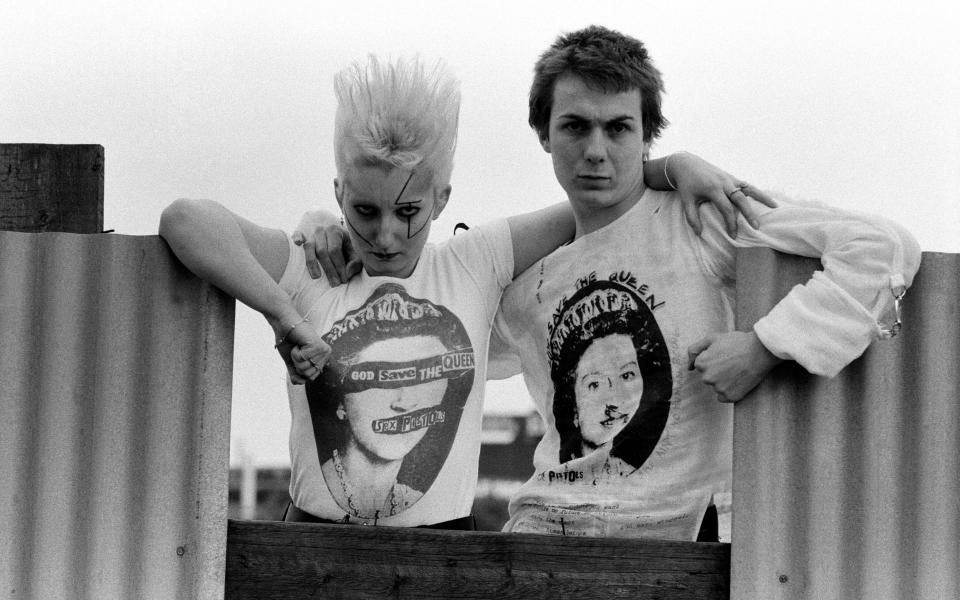

Eventually she and McLaren had four shops. The first, at 430 King’s Road, was called Let it Rock, only to be rechristened a year later as Too Fast to Live, Too young To Die, and then again, in 1974, to Sex, with the subheading, ‘Rubberwear for the Office’.
Oh what a time was had. Chrissie Hynde on the till, Sid and Nancy raiding the rails, a giant clock outside the boutique at World’s End that told the time backwards… this was truly Alice in Crazyland. Obviously it couldn’t last.
They never made any money - or she didn’t. By the time they parted for good, both romantically and professionally, she had a bunch of younger, shinier pretenders snapping at her Buffalo boot shod ankles. The new names in town were John Galliano, John Flett, Jasper Conran. BodyMap…the fight was on.

Not that Vivienne ever seemed aware of any competition. That was one of her great strengths. She always ploughed her own furrow, happy to revisit her greatest hits, endlessly. Then again, her greatest hits amounted to quite the compilation.
Her second big break was John Fairchild, proprietor and editor in chief of Women’s Wear Daily, which at the time was the fashion industry’s bible, proclaiming her one of the world’s top six designers (alongside Saint Laurent, Lagerfeld, Armani, Ungaro and Lacroix).
Westwood grasped the baton and sprinted - straight to Paris, where she began showing instead of London. Throughout the 1990s, her show was one of the highlights of Paris Fashion Week (the Olympics of all fashion weeks), attracting supermodels who would perambulate the catwalk in her increasingly elaborate designs in return for clothes. The poise and professionalism of Linda, Christy and co, as Westwood herself acknowledges, finally enabled the fruits of her increasingly accomplished techniques to be seen for what they were - meticulously made clothes fit for the red carpet, bar mitzvahs, brides (most notably Sarah Jessica Parker’s first attempt to get Big to the altar), mothers of the bride and thousands of devoted Japanese fans, notably the tribes who flocked every weekend to the Harajuku area in Tokyo bedecked in Westwood’s mini crinis and rocking-horse shoes.


In 1998 she launched a second, more affordable line, called Anglomania. While her company’s turnover reached over £42 million in 2020, it never became as big as it could have because of her unease about consumerism. As the writer Deborah Orr noted in that Gentlewoman interview, in many ways, Westwood, a vegetarian, was an ascetic as well as an aesthete, buying little, riding her beloved Pashley bicycle everywhere, almost to the end, a true product of her post-war, make-do-and-mend upbringing.
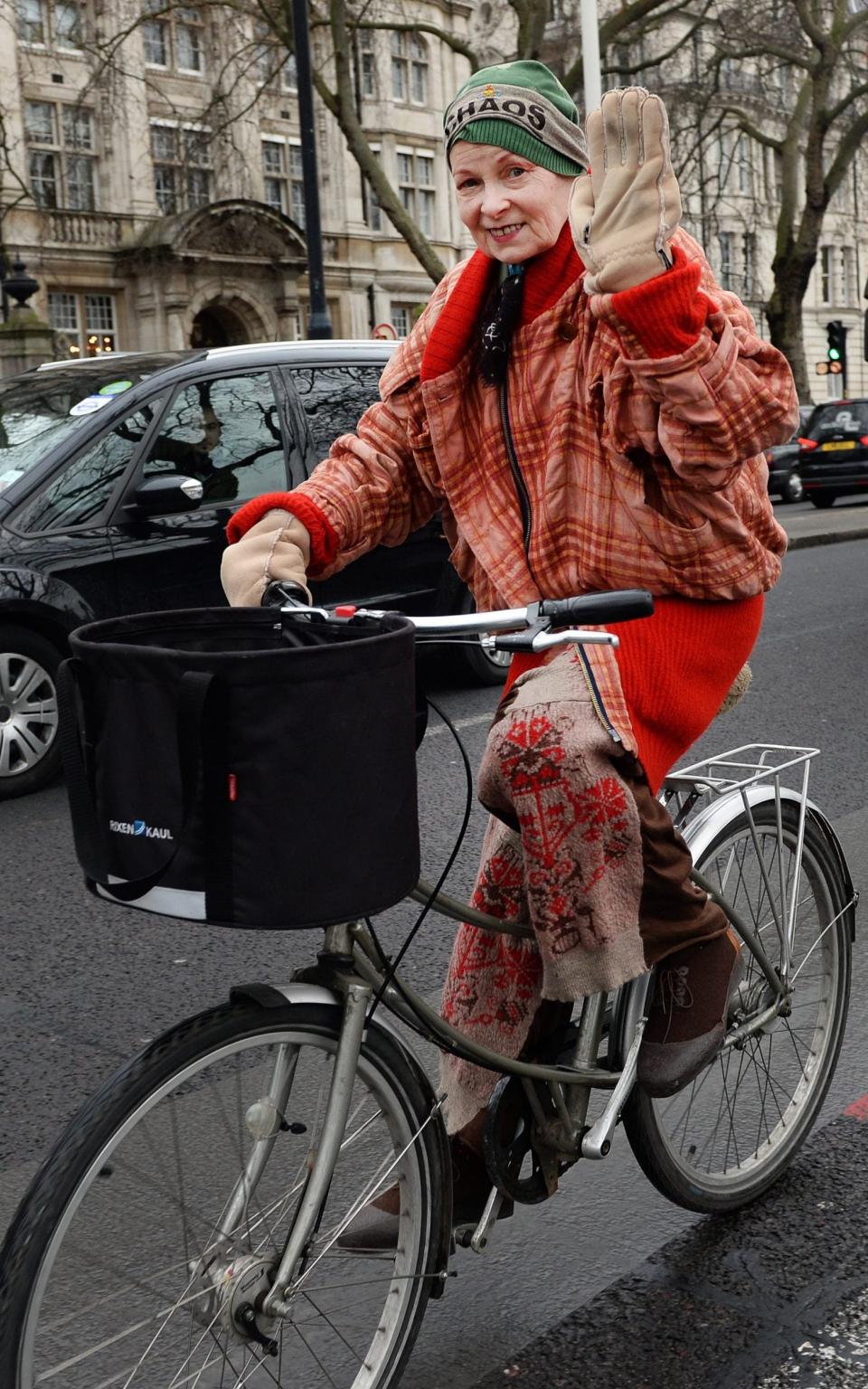
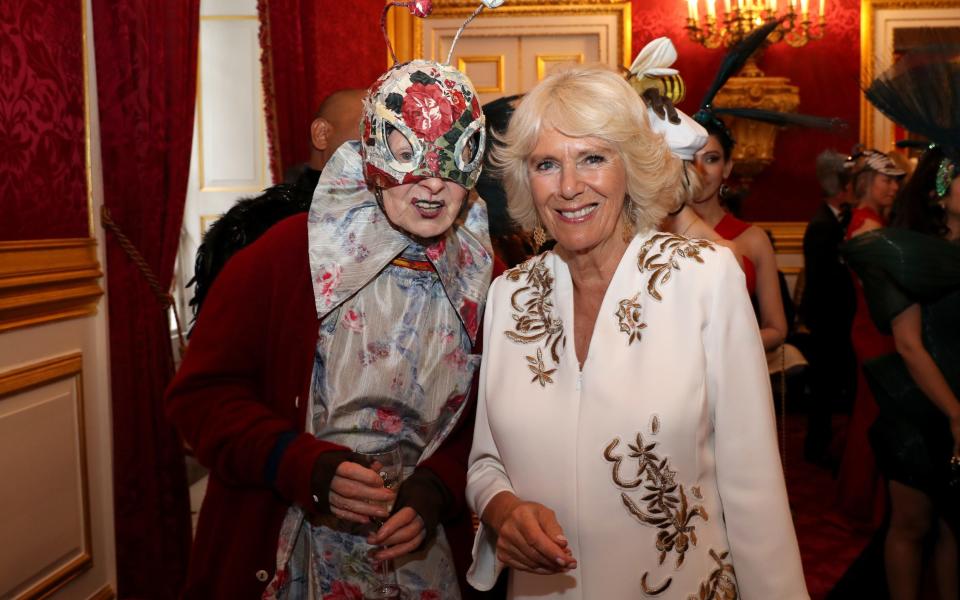
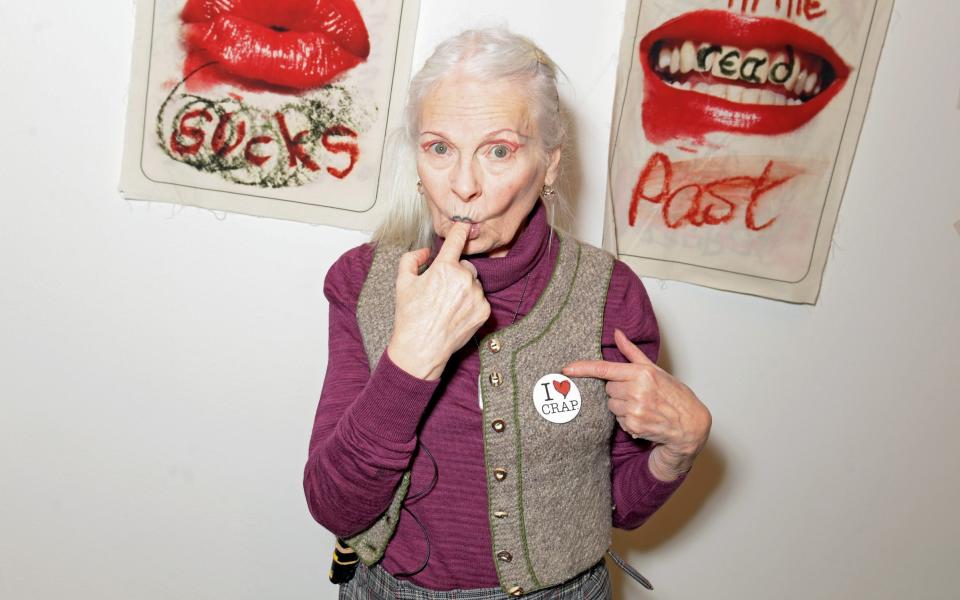
Her third husband, Andreas Kronthaler, the wolf-eyed but gentle student she met while teaching at Vienna’s University of Applied Arts in 1989, recalls how she once tried to purloin a spoon from a restaurant on one of their early dates, because she didn’t own one. He persuaded her to take two, and emboldened, eventually coaxed her from her small flat in Clapham to a larger, Queen Anne house in the same area.
Her relationship with Kronthaler, some 20 years her junior, seems to have been her happiest. Together they tended their gardens (he the front patch, she the back) and worked on her collections. By last autumn, he was taking sole credit for them. Reconciled with her oldest son Ben, from whom she’d been estranged for 15 years (she seems not to have appreciated his fetish photography which she perhaps saw as less empowering of women than her own take on fetishism), on good terms with her and Malcolm’s son, Joe Corre (co-founder of Agent Provocateur, the lingerie line) she was the personification of the ideal British dame - justly angry and eccentric, yet also deeply sensible and contented.

 Yahoo News
Yahoo News 